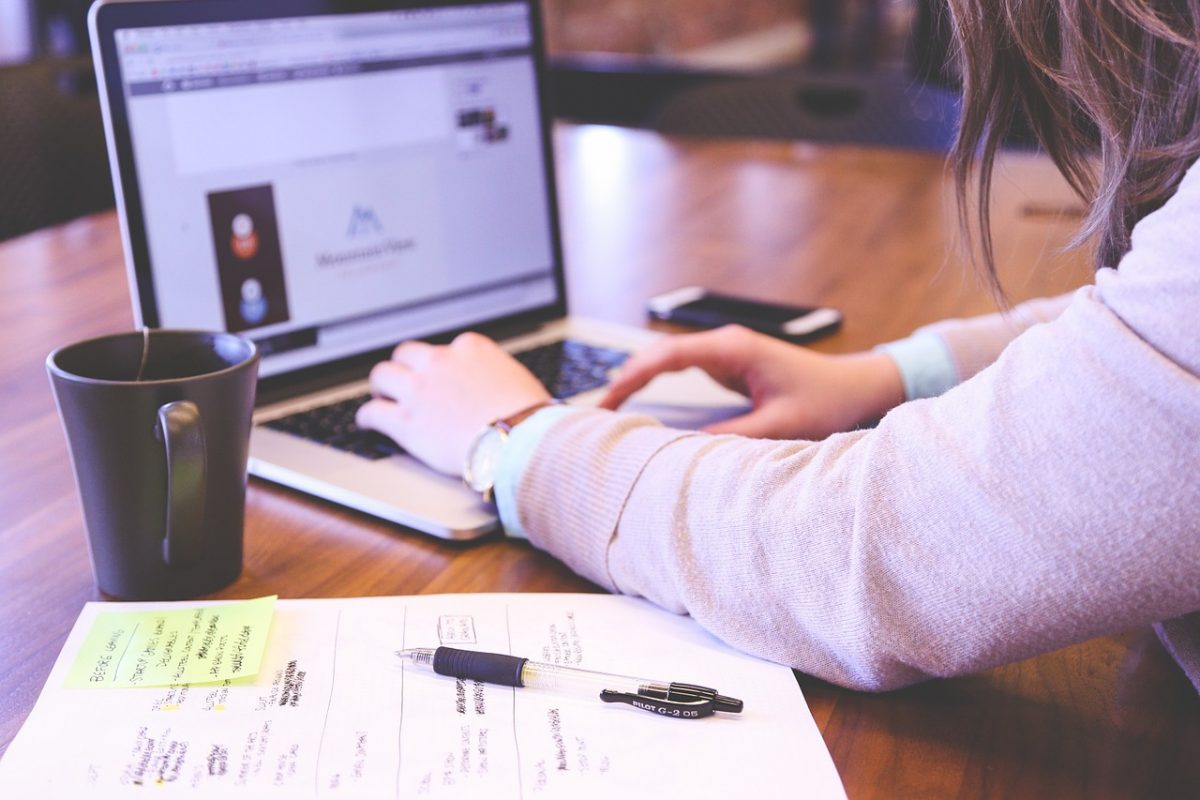Can you be both, and how do you deal with the tax and NI?
It’s pretty common these days for people to have more than one job. It may be that you are starting a new business, but still need a regular income until things take off, or you want to earn a bit extra than your current employment gives you.
So how do you deal with the tax side of it all?
First of all, are you actually self-employed or just earning a bit of extra cash from a hobby. Check out my early blog to help you decide (http://wilkinsco.co.uk/when-is-a-hobby-not-a-hobby). If you are running a business, then read on……………………
Income Tax
Income tax is always paid on your total income for the year, so you need to add together all your sources of income and work out the tax due.
You will do this on your tax return, so as soon as you have any self-employed income you need to the let HMRC know. They will then expect you to complete a tax return each year.
You pay tax on any income over your personal allowance (£11,500 in this tax year). The rate is 20% on the next £33,500 of income and then 40% on income over this. Depending on your income from your PAYE job, your self-employed profit could therefore be taxed at 20% or 40%.
For example:
Income from PAYE job £35,000
Profit from self-employment £15,000
Personal allowance £11,500
The personal allowance is deducted from your PAYE job via your tax code, so during the year you will have tax deducted each month from your salary at 20% (on £23,500)
Your self-employment profit will be taxed at:
20% x £10,000 (£33,500-£23,500) = £2,000
40% x £5,000 £2,000
Total £4,000
It may be that you only have a part time job and may earn less than your personal allowance. In this case, you will be able to allocate the unused part of your personal allowance against your self-employed profit and only pay tax on the excess.
For example:
Income from PAYE job £8,500
Profit from self-employment £15,000
In this case, you have £3,000 on personal allowance to set against your self-employment so the tax due on your self-employment will be:
20% x £12,000 £2,400
What about NI?
The employed and self-employed pay different classes of NI – see my earlier blog about the NI that the self-employed pay.
The NI you pay on your employed income won’t change, and you might then pay class 2 NI and class 4 NI on your self-employed profit if it is above the relevant thresholds.
The NI due for your self-employment is now collected via your tax return at the end of the year.
What if I make a loss from my self-employment?
A new business may well make a loss in its early years. The good news is that if your calculations show that you have made a loss, you can offset that loss against employed income, reducing the amount overall that you have to pay tax on. You may in this instance get a refund of tax paid already via PAYE, and again you would do this via your self-assessment tax return.
For more information, please contact Rosie Forsyth.


You must be logged in to leave a reply.